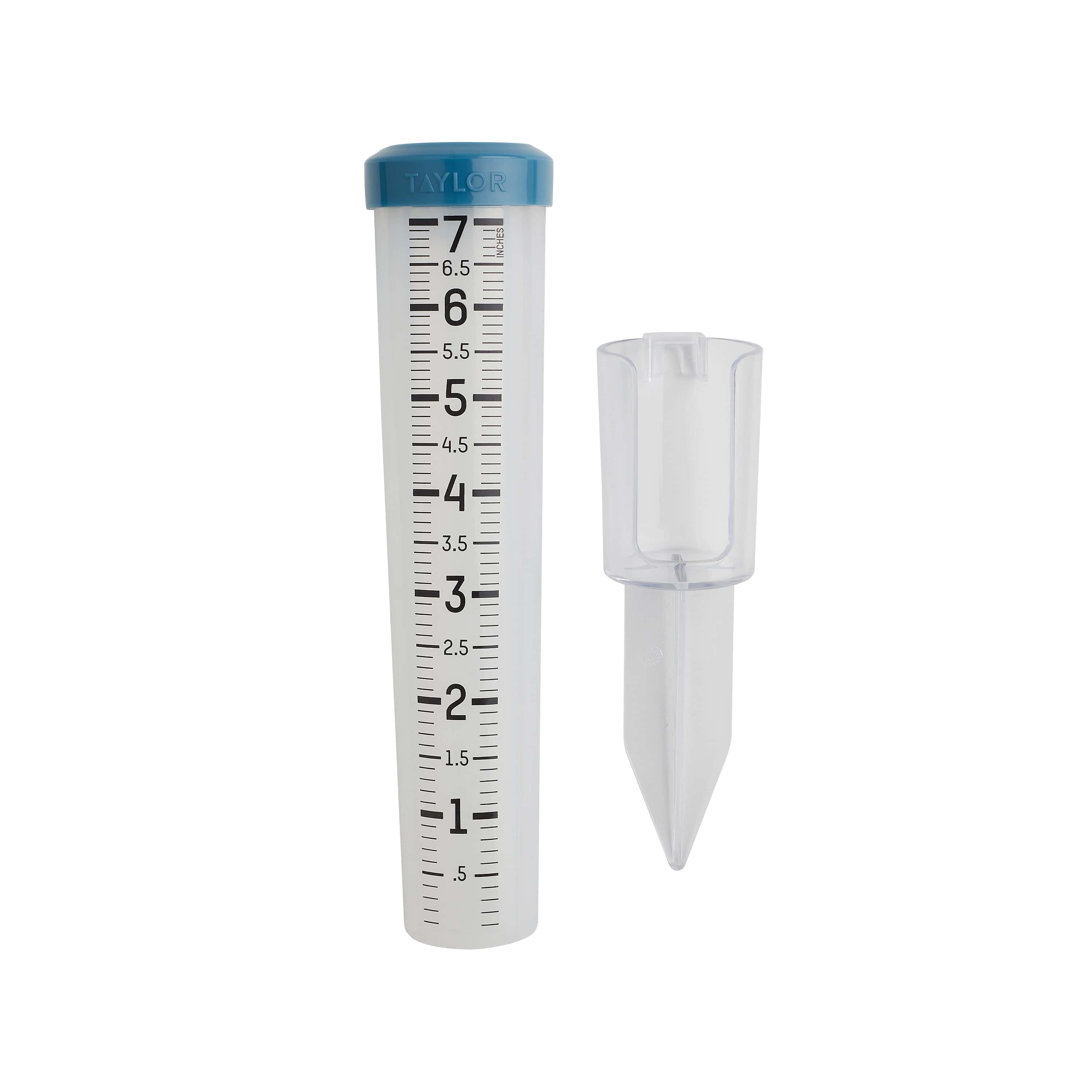Grasping the Scientific Research Behind The Rain Gauge: Insights and Innovations Unveiled
Grasping the Scientific Research Behind The Rain Gauge: Insights and Innovations Unveiled
Blog Article
DIY Rainfall Gauge: Basic Actions to Make Your Own
Are you curious about tracking rainfall in your location? Creating your very own DIY rainfall gauge is a easy and efficient method to determine and tape-record rainfall. With just a few usual materials and some basic actions, you can conveniently build your own rainfall scale at home. In this overview, we will certainly give you with a detailed procedure to help you develop your very own rainfall gauge. No requirement for any type of specialized expertise or devices - this task can be completed by any person. By following these basic directions, you will certainly have a reliable tool to measure rainfall and contribute to your understanding of the local climate patterns. So, let's get started on making your DIY rainfall gauge today!
Gather Materials
To start building your Do it yourself rainfall scale, gather all the needed materials making use of an extensive listing of things. Having the ideal products on hand will guarantee the effective creation of your rain gauge and allow for exact dimensions of rains. Gathering these products ahead of time will certainly streamline the construction process and ensure that you have every little thing you need to produce your very own Do it yourself rainfall gauge.
Prepare the Container

Mark the Measurement Increments
To accurately gauge the quantity of rainfall, accurately marking the dimension increments on your DIY rainfall scale is essential. Without clear and exact markings, it would certainly be challenging to determine the specific quantity of rains collected in your rainfall scale. Below are the actions to mark the measurement increments on your rain scale.
The most common devices for determining rainfall are millimeters and inches. As soon as you have actually chosen the unit, make use of a permanent pen or water resistant paint to note the increments on the side of your rainfall gauge.
When marking the increments, it is vital to make sure that they are evenly spaced and clearly noticeable. Use a ruler or gauging tape to ensure accuracy and consistency. Additionally, see to it that the markings are resistant to fading or abrading, as exposure to the components may cause them to deteriorate over time.
Area the Rain Scale Outdoors
The rainfall gauge should be put outdoors to precisely gather rainfall information. The location selected for the rain gauge must be open and cost-free from any type of obstructions that might potentially impact the dimension of rainfall. It is crucial to find a place that is not obstructed by trees, top article buildings, or various other structures that could obstruct the rainfall from getting to the scale. This will certainly ensure that the collected data is agent of the actual rains in the area.
In addition, it is essential to place the rain gauge on a stable surface area, such as a degree ground or a tough post. This will stop any type of motion or tilting of the scale, which can result in imprecise dimensions. It is likewise advisable to stay clear of positioning the scale near any type of resources of fabricated water, such as lawn sprinklers or drainage systems, as this can conflict with the accuracy of the dimensions.
Screen and Record Rain Data
Regular tracking and recording of rains data is important for precise information analysis and interpretation. By tracking rainfall measurements, you can get beneficial understandings right into weather patterns, environment trends, and water source administration. To effectively keep track of and tape-record rainfall information, it is essential to establish a regular and keep regular techniques.
First of all, ensure that your rain scale is placed in an open location far from barriers such as trees or structures that may obstruct rainfall. In addition, make sure the rain scale is level and securely secured to avoid any motion that could impact the accuracy of the dimensions.

When taping the rainfall data, it is essential to keep in mind the day and time of each measurement. Use a ruler or a measuring adhere to identify the rainfall deepness in the rain scale, and document this details precisely.
To make sure the accuracy of the this article measurements, it is advised to empty the rain scale after each recording. This will certainly protect against any kind of overflow or evaporation from affecting succeeding dimensions.
Conclusion
In conclusion, producing a DIY rainfall scale is a useful and easy means to keep track of and tape rainfall information (The Rain Gauge). By complying with the actions laid out in this short article, you can quickly gather materials, prepare the container, note the dimension increments, and place the rain gauge outdoors. Frequently checking and videotaping rains data can supply beneficial details for different purposes
Having the appropriate materials on hand will certainly make certain the successful creation of your rainfall gauge and enable for accurate measurements of rains.To accurately determine the amount of rains, properly marking the dimension increments on your Do it yourself rain scale find out this here is important.The rain scale should be put outdoors to precisely gather rains information. The place selected for the rain scale need to be totally free and open from any kind of obstructions that could potentially impact the measurement of rainfall.In verdict, producing a DIY rain scale is a functional and simple method to monitor and videotape rains information.
Report this page